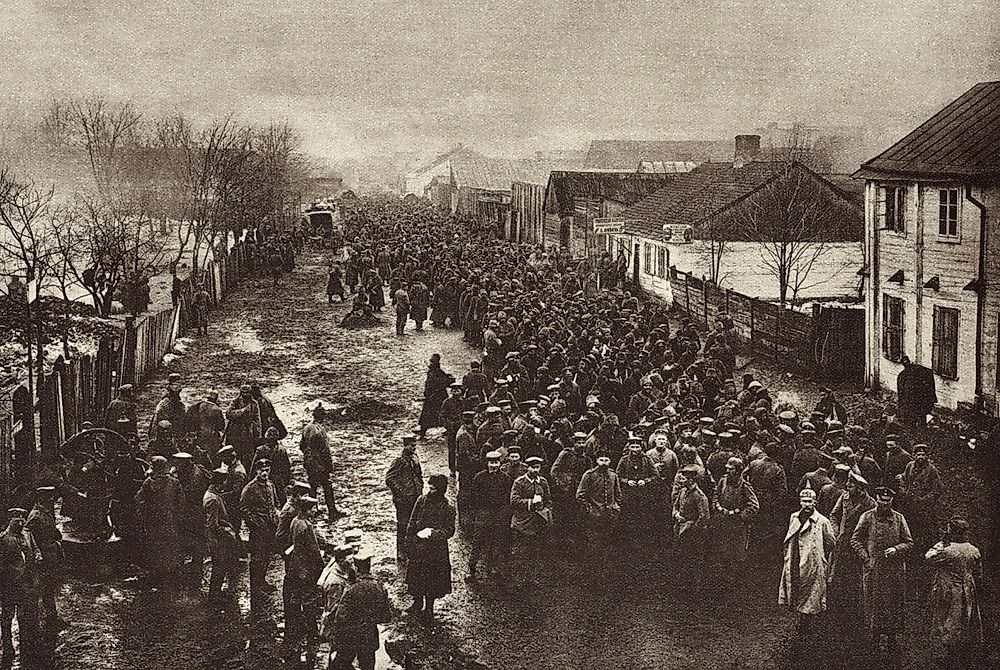
50,000 Russians died, one of them Samsanov, who wandered from his staff, and was later found by the Germans, apparently a suicide. By August 29, the Russian Second Army was encircled, and surrendered on August 31. German forces formed a thin line behind the Russians, but one they could not break. This battle took place along the eastern front of the war in what is today Olsztyn, Poland. Rather than falling back, his flanks gone, Samsanov advanced. The Battle of Tannenberg: In 1914, from August 26th until August 30th, Germany and Russia fought in the Battle of Tannenberg at the beginning of World War I. 16 questions (fill in the blank and multiple choice) assess students understanding. The next day, under an artillery barrage, his left collapsed, also retreating across the border. This passage briefly describes the Battle of Tannenberg in World War I. On August 26, the Germans struck Samsanov’s right, driving it back into Polish Russia. Leaving a thin defensive line to slow Rennenkampf, the mass of the German forces attacked Samsanov. In this first paperback edition of the classic work, historian Dennis Showalter analyzes this battle’s causes, effects, and. With Rennenkampf slowly advancing from the east, the Germans turned instead to defeating Samsanov advancing through forests and swamps from the south. The battle of Tannenberg (August 2730, 1914) opened World War I with a decisive German victory over Russiaindeed the Kaiser’s only clear-cut victory in a non-attritional battle during four years of war.
#Battle of tannenberg battle code
The Russians communicated either in clear text, or in code the Germans knew. In prewar maneuvers, Samsanov had been slow, but now moved more quickly. The two Russian generals, von Rennenkampf and Samsonov, did not coordinate their movements. Moltke replaced him with Generals Paul von Hindenburg and Erich Ludendorff. With this defeat and the news the Russian Second Army was advancing from the south, Prittwitz telephoned Chief of the General Staff von Moltke to relay his plan to retreat over 100 miles. Mobilizing more quickly than Germany had anticipated, the Russian First Army invaded East Prussia and defeated German forces in the Battle of Gumbinnen on August 20.


Fearful of being caught between the Russian First Army to his east, and the Second to his south, von Prittwitz hoped to defeat first one and then the other, before being caught between the two.

With Germany's strength focused on defeating France, only one German army under General von Prittwitz faced two Russian armies in East Prussia. The Masurian trap.Other views: Larger, Back


 0 kommentar(er)
0 kommentar(er)
